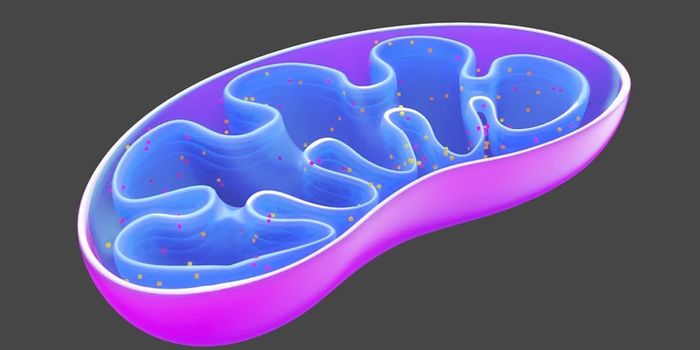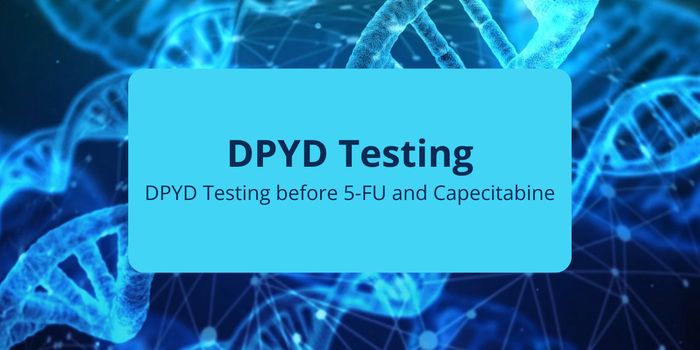Understanding How Epigenetic Traits are Inherited
The human genome may have been sequenced, but we are still learning about how it works. One of the features of the genome scientists are still deciphering is epigenetics, which refers to the various characteristics that can affect gene expression but which don't alter the sequence of the genome. This may involve things like methylation, in which chemical tags that affect gene expression are added to or removed to DNA; or it can involve structural changes in the genome, which can affect how various protein complexes can access physical parts of DNA molecules in order to express genes. Epigenetic characteristics can also be passed down from parents to offspring.
Scientists have now learned more about this process, in which the cellular machinery that replicates DNA to produce to new cells also passes on epigenetic information, helping to maintain the identity of cells. Since cellular identity is generally derived from the genes a cell expresses, the regulation of gene expression is extremely important, and epigenetics impacts gene expression. Environmental influences like nutrition, stress, and pollution can also affect epigenetics.
DNA is a huge molecule, and most cells contain the entire genome in their nucleus. So the DNA has to be carefully compacted and arranged, and proteins help package the genome into a molecule that is known as chromatin. Chromatin is made up of basic units of repeating nucleosomes; each consist of about 147 DNA nucleotides, which wrap around a histone octamer consisting of two H2A-H2B dimers and one H3-H4 tetramer.
When DNA is replicated in the cell, parental nucleosomes carry epigenetic marks known as histone modifications. While these are heritable, the mechanism has been unclear, in part because capturing the DNA copying machine known as the replisome while it's at work has been very challenging.
Reporting in Nature, researchers have taken a snapshot of the transfer of parental histones as DNA is being replicated. In this study, yeast cells were used as a model, and cryo-electron microscopy (cryo-EM) was utilized to capture the process. Yeast cells are often used to study basic processes, because they have so much in common with human cells.
This work showed that during replication, there is an interaction between the chaperone complex FACT, and parental histones. The FACT component Spt16 grabs histones that have been removed from the parental nucleosome. These histones become a hexamer, with a missing H2A-H2B dimer. A DNA replication protein called Mcm2 replaces that vacant dimer in the parental histones. The FACT-histone complex is then strategically positioned to facilitate the movement of parental histones to newly synthesised DNA strands.
This work has explained at the molecular level how epigenetic information can be passed down from parental to daughter cells during each cell division cycle.
"The results are incredibly beautiful. Our cryo-EM structures offer the first visual glimpse into how the DNA copying machine and FACT collaborate to transfer [the] parental histone at the replication fork during DNA replication," said study leader Professor Yuanliang Zhai of The University of Hong Kong . "But, there is still much to learn. As we venture into uncharted territory, each new development in this field will represent a big step forward for the study of epigenetic inheritance."
Sources: The University of Hong Kong, Nature









